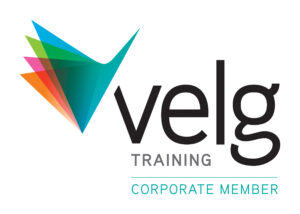

An operator who is working in a scissor lift on a flat surface and is inside the properly maintained guardrails does not need to be tied off with a harness and lanyard unless the hazard assessment shows that there is a risk of falling. An example would be because of over-reaching. Over-reaching is when the upper body goes over the guardrail and changes the centre of gravity from inside to outside the platform causing the operator to fall. A hazard identification must always be carried out before a working at height task commences.
If the operator who is tied to the lift with the harness and lanyard, goes over the guardrail, the force exerted when it jerks to a stop could cause the unit to topple and send both the scissor lift and the operator crashing. Also when the lift crashes to the floor with the operator in it, the lanyard worsens things by propelling the operator to the ground and possibly under the machine, resulting in even greater injury than if the operator were able to free fall or jump clear.




